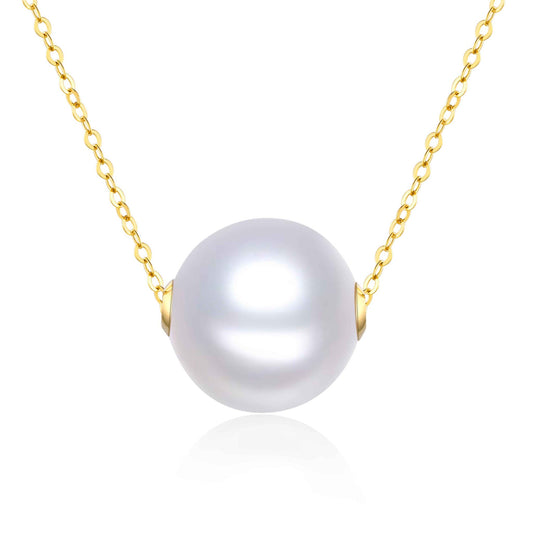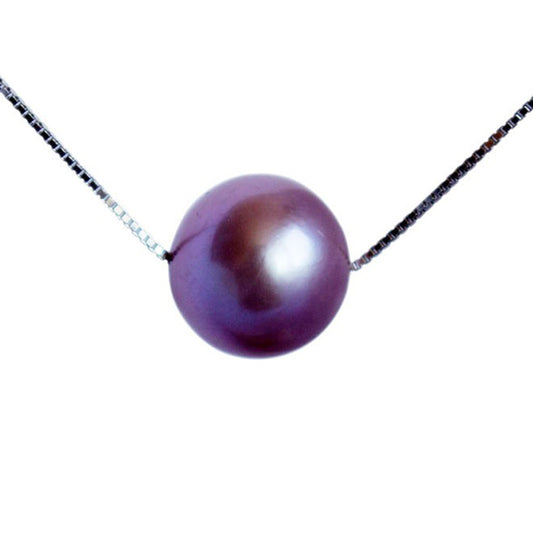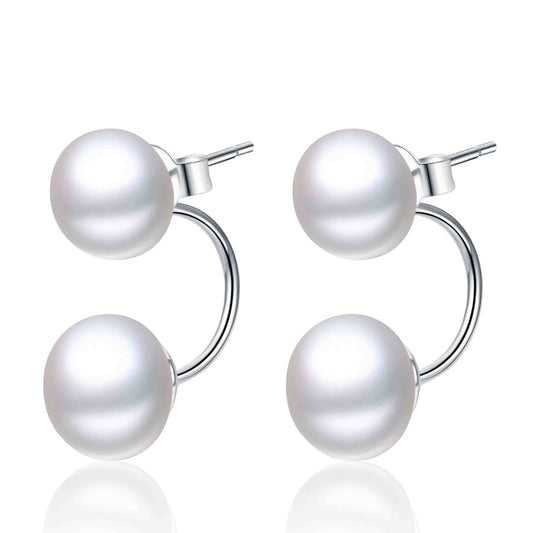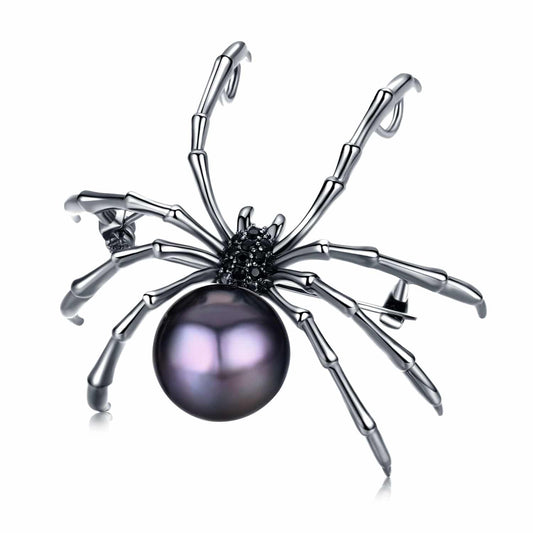Five facts you need to know about freshwater pearls
1) 95% of the freshwater pearls sold in the world market are produced in China
More than 95% freshwater pearl jewelry sold worldwide are from China. Since 1950s, Chinese government had started investment to technology development of freshwater pearls cultivation. After 30 years efforts, China has developed a complete pearl cultivation industry including selecting the cultivation location, to the cultivation place building, to the cultivation technics, to the manufacture of pearl jewelry, and to the wholesale market. Today more than 95% freshwater pearls are produced in China and being sold worldwide.
2) 90% of REAL freshwater pearls produced in China are from the same city: ZHUJI
With the development of pearl cultivation technology, and with the help of the government, Zhuji currently has the most intensive pearl farming system and companies in China. From 80s to 90s, Chinese scientists successfully cultivated big size saltwater and freshwater pearls of 19mm – 20mm diameter. Today freshwater pearls rival Tahitian and South-Sea pearls in roundness and size, but prices are thus much more affordable.
3) Finest freshwater pearls are usually 10-15 more expensive in final retail market
As pearls have different shapes, colors and quality identification criteria, it is difficult for an end customer to identify the real value of a pearl. At the same time, there are lots of fake pearls and colored pearls being sold in the market, it seems like without pearl experts or a famous brand people can hardly trust a company for real high quality pearl jewelry. This expertise gap made emergence of a big market for pearl retailers from both local and international level. A good freshwater pearl could be transferred 9 times by retailers in the middle before getting to the end customer.
4) Freshwater pearl industry: 4 traders in the middle before reaching out to end customers
From the pearl farmers to the local retailers (Chinese pearl jewelry market), from the local retailers to the international retailers (Hong Kong International Diamond, Gem & Pearl Show, Hong Kong International jewelry show, etc.), from the international retailers to worldwide pearl jewelry manufacturers and marketplaces, and finally to the very end customers buying from retail stores there are more than 4 retailers in the middle who usually take part of considerable profits. Some of them make added values such as design or re-manufacturer; some of them just resell the original design.
5) How to identify fake pearls such as plastic, colored or fake pearls?
The biggest challenge today is to educate people how to identify good pearls? There are so many educational articles and videos talk about this topic, but actually it is very difficult since fake pearls manufacturers have different technology to make you believe that the pearls are real Well we think the best way to avoid fake pearls or colored pearls is directly get good pearls from the farmers without dealing with any retailers in the middle.




